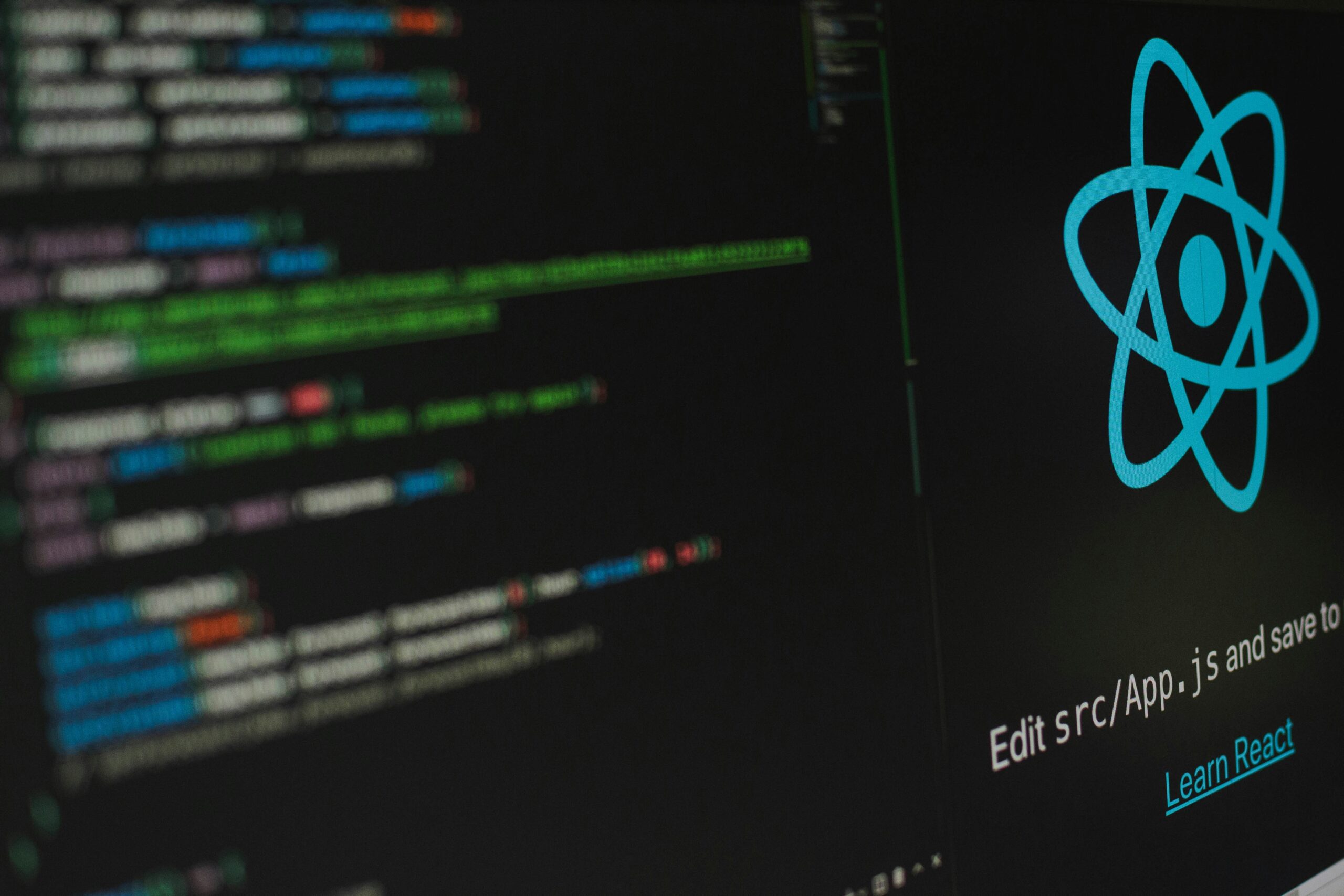In the fast-paced world of web development, creating successful and engaging websites and applications requires a strong focus on user interface (UI) and user experience (UX). As technology continues to evolve, developers are constantly seeking new tools and frameworks to enhance the UI/UX development process. Two frameworks that have gained significant traction in recent years are Symfony and Laravel. In this article, we will explore the features and advantages of these frameworks and discuss their potential impact on the future of UI/UX development.
Symfony and Laravel are both PHP frameworks that provide developers with a set of tools and libraries to build robust and scalable web applications. While they share some similarities, they also have distinct features that set them apart.
Symfony, known for its flexibility and modularity, offers a wide range of components that can be used independently or together to create complex web applications. It follows the Model-View-Controller (MVC) architectural pattern, which separates the application logic from the presentation layer. This allows developers to easily manage and organize their code, resulting in cleaner and more maintainable projects. Symfony also comes with a powerful command-line interface (CLI) tool called the Symfony Console, which simplifies common development tasks and automates repetitive tasks.
On the other hand, Laravel, known for its elegant syntax and developer-friendly features, focuses on simplicity and ease of use. It provides a clean and expressive syntax that allows developers to write code quickly and efficiently. Laravel follows the MVC pattern as well and comes with a built-in ORM (Object-Relational Mapping) called Eloquent, which simplifies database operations and makes working with databases a breeze. Laravel also includes a powerful templating engine called Blade, which enables developers to create dynamic and reusable UI components.
Both Symfony and Laravel have extensive documentation and a large and active community, which means developers can easily find support and resources when needed. They also have a rich ecosystem of third-party packages and libraries that can be used to extend their functionalities and speed up development.
In terms of UI/UX development, Symfony and Laravel offer several features and advantages that can greatly enhance the user experience. Both frameworks provide built-in support for form handling and validation, making it easier to create and process user input. They also offer powerful routing systems that allow developers to define clean and SEO-friendly URLs, improving the overall accessibility and usability of the application.
Symfony and Laravel also support the use of templates and themes, which enables developers to create visually appealing and consistent UI designs. With the help of CSS frameworks like Bootstrap or Tailwind CSS, developers can easily customize the look and feel of their applications and ensure a seamless user experience across different devices and screen sizes.
In terms of performance, both Symfony and Laravel are known for their speed and efficiency. They come with built-in caching mechanisms that can significantly improve the loading time of web pages and reduce server load. This is crucial for delivering a smooth and responsive user experience, especially for applications with a large user base or high traffic.
Looking ahead, the future of UI/UX development is promising with frameworks like Symfony and Laravel leading the way. As technology continues to advance, these frameworks will likely evolve and incorporate new features and enhancements to meet the ever-changing demands of the industry. With their strong communities and active development teams, Symfony and Laravel are well-positioned to continue shaping the future of UI/UX development.
In conclusion, Symfony and Laravel are powerful frameworks that offer a range of features and advantages for UI/UX development. Whether you prefer the flexibility and modularity of Symfony or the simplicity and elegance of Laravel, both frameworks provide developers with the tools they need to create successful and engaging web applications. As the future of UI/UX development unfolds, Symfony and Laravel will undoubtedly play a significant role in shaping the way we design and build websites and applications.







Leave a Reply